The Master and Margarita at the Barbican
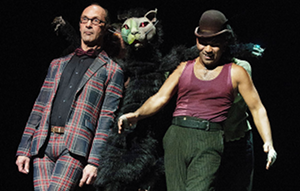
The Devil is given all the best tunes in Bulgakov’s The Master and Margarita. And, personified by Paul Rhys in Complicite’s adaptation, he is blessed with the most musical of deliveries.
Rhys’s mysterious, foreign “Professor” Woland belches forth his heavily-accented lines with a growl. Here he leads into a phrase with percussive, throwaway words, there he tails off with a guttural groan. Fitted in round shades, a black beret and clasping a black cane like a seven foot Captain Sensible in the Addams family, Rhys appears, dematerialises, intervenes and hypnotises.
Amazingly, Paul Rhys also appears in his more familiar lucid, somewhat lidless persona, as the Master of the title: a writer systematically destroyed by Stalin’s authorities for writing a heretical and “unnecessary” novel about the sentencing and death of Jesus Christ. It is the telling and on-stage dramatisation of this tale, partly by the Devil, who was there at the time, and partly by the author, which links Stalinist Russia and Jerusalem, with the play jumping between the two settings.
What also links these two otherwise remotely separated historical moments is absolute power, the dangers of questioning it and the impossibility of not doing so; “Cowardice,” various characters repeat, “is the worst sin.” So the Christ we see is less the Christian messiah than a man who sees good in all men and believes that “all authority is violence.” This is clearly treasonable to Pilate, who condemns Christ for blasphemy against “the Mighty Caesar.” Likewise, artists are crucified under Stalin, merely for referencing the possibility of mercy.
Even this is to simplify the plot of the play, which also includes the beheading of a literary bigwig, a black magical extravaganza where the Barbican audience briefly becomes the show, and a Satanic bacchanal where a naked Margarita greets hundreds of history’s most evil fiends at midnight.
And if twenty different accounts could be made of the plot, a hundred could be written capturing individual reviewer’s favourite details. In fact, The Master is so jam-packed with detail that it demands to be watched several times like a film. There’s some flaming witch body cream, a concession booth that becomes a tram, a cell, and even a vivid memory. Then there is a wonderful mime of ticket-hungry punters leaning noisily into a theatrical office every time the “door” is opened and the roar of evil down a phone line after one of Woland’s retinue stops speaking.
However, it is not due to the myriad of details, characters and incident that the play loses steam over its 190-minute duration. Instead it is due to the unhappy welding of the satirical and the fantastical found in the source.
The Master and Margarita starts gleefully with the vengeful assassination of a petty official who destroys authors for fun, but it (eventually) finishes with the hero and heroine somehow resurrected at the behest of Satan and flying through the firmament. Apologists will point out that McBurney’s adaptation has stayed true to the original, but Bulgakov didn’t feel any such compunction when adapting the New Testament for his novel, and that’s never stopped Hollywood adapting source material.
Nevertheless, The Master and Margarita is a must-see show. After all, if a work of art is to be flawed, let it be because it is overstuffed and vibrant with conflicting life. See this show for the foul-mouthed rapist puppetry devil cat, for the rampant nudity, or for McBurney’s merry band of gawky eccentric male actors, somehow all varieties of Jonathan Price.
But most of all go for Rhys’ incredible double performance, quite the equal of any amount of magical stagecraft Complicite can produce. For as Rhys shows, great characterisation will always be the most fiendishly compelling trick of all.
Michael Willoughby
Photos: Hugo Glendinning
The Master and Margarita is at the Barbican until 19th January 2013. For more information or to book visit the theatre’s website here.

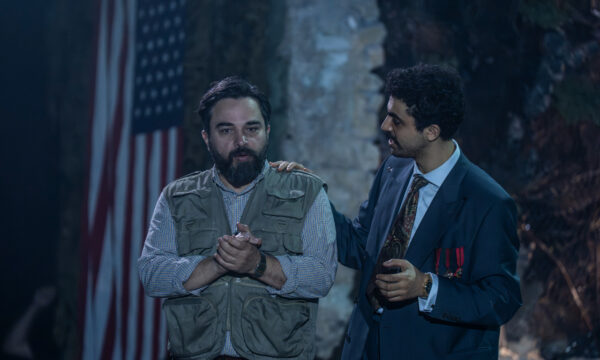
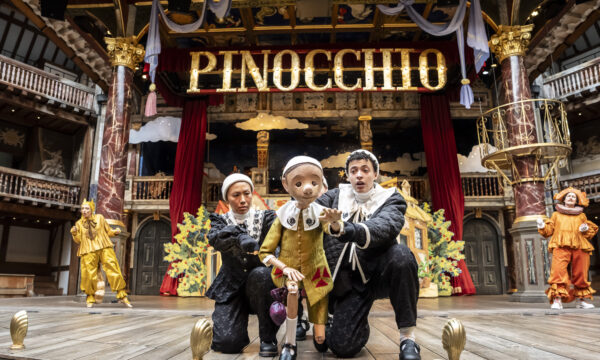
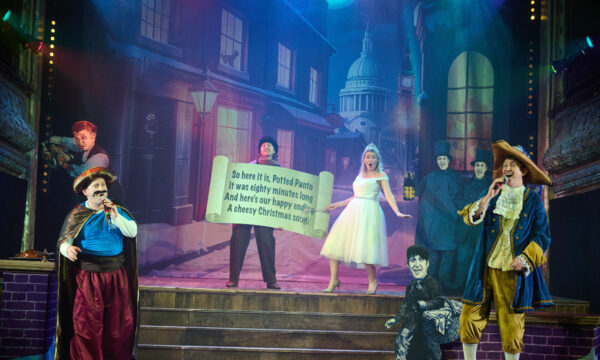

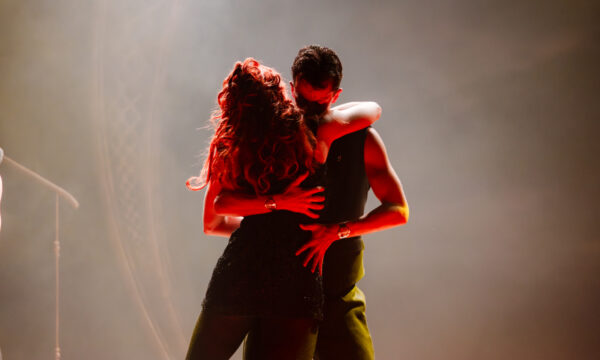
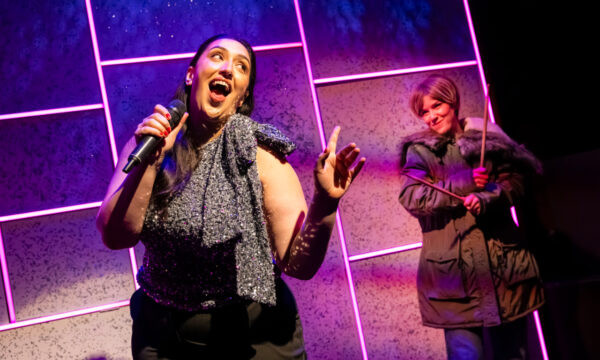
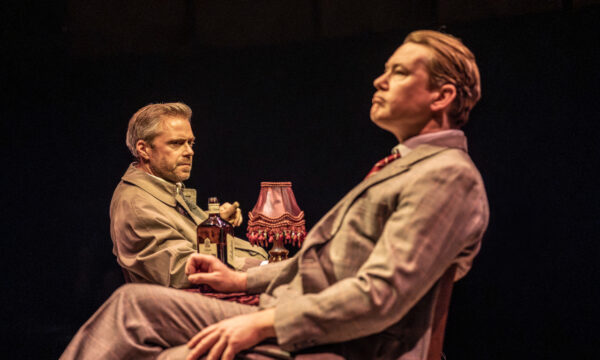
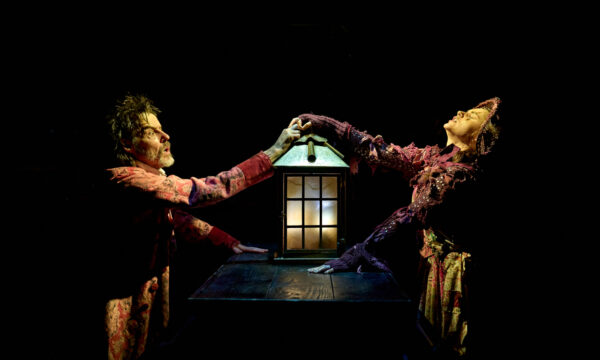
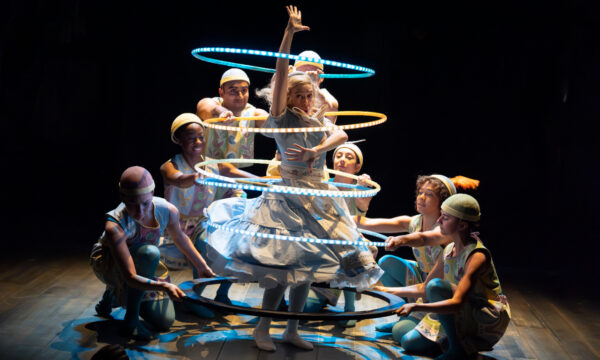
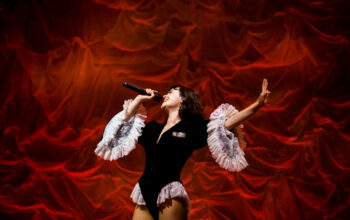
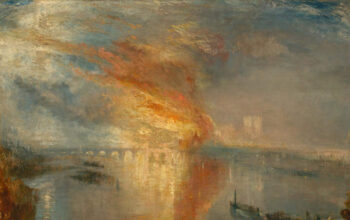
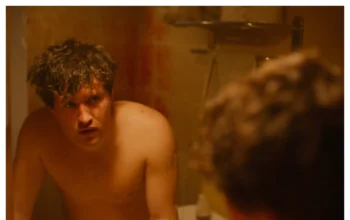
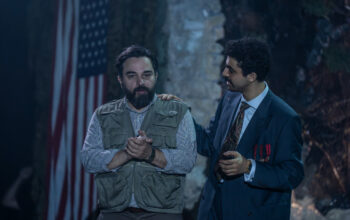










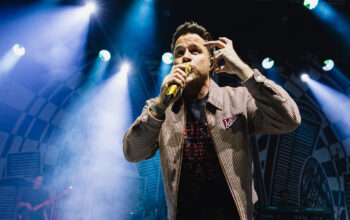
Facebook
Twitter
Instagram
YouTube
RSS